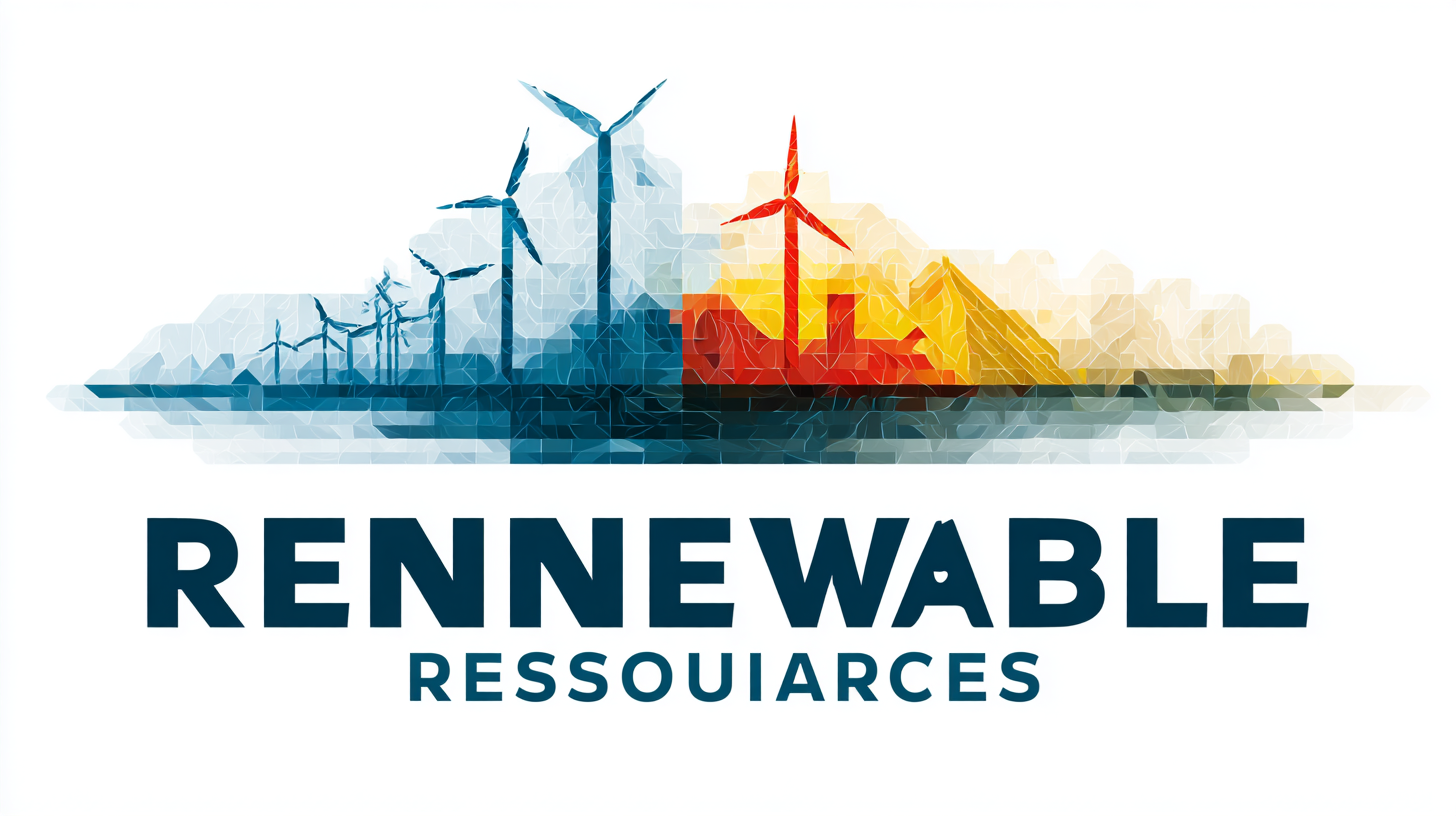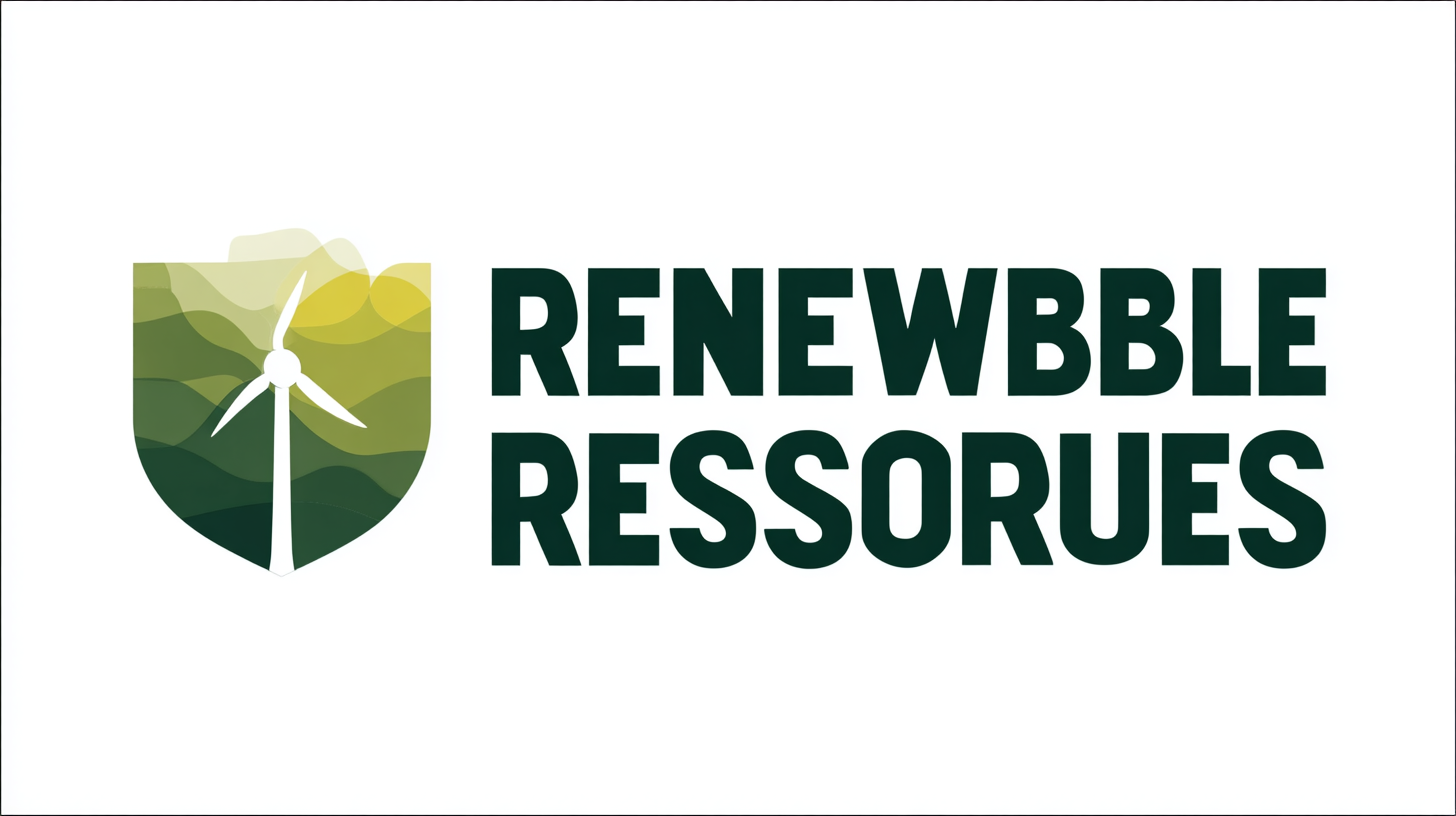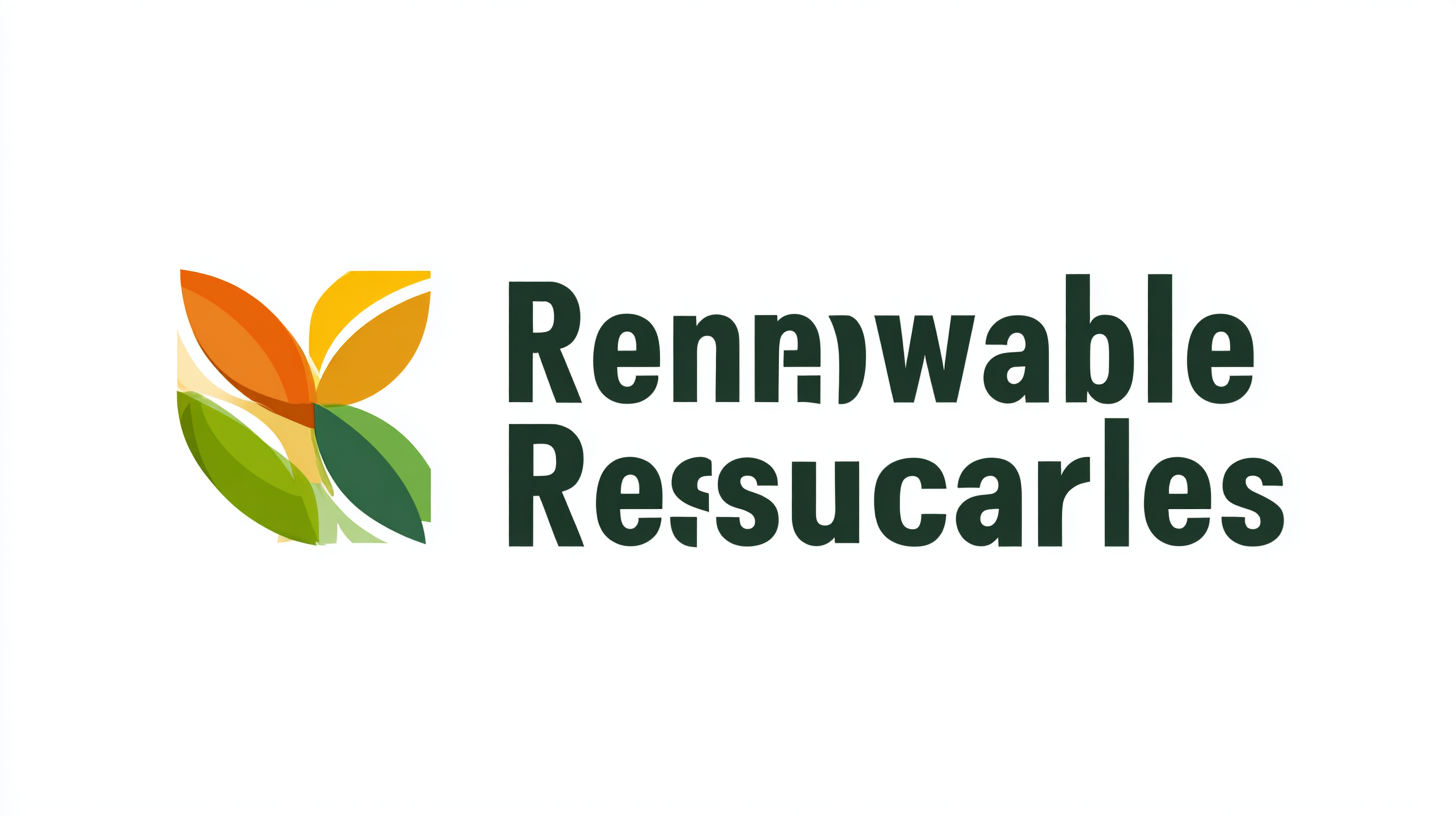Navigating the Best Renewable Resources Market in 2025 Top Strategies and Insights for Global Buyers
As the global demand for sustainable energy continues to surge, the renewable resources market is poised for significant transformation by 2025. According to the International Renewable Energy Agency (IRENA), the global share of renewable energy is expected to exceed 30% of the total energy mix, fueled by technological advancements and favorable governmental policies. In a competitive landscape, buyers must navigate an array of renewable resources such as solar, wind, and biomass, each presenting unique advantages and challenges. To capitalizing on this dynamic marketplace, it is imperative for global buyers to adopt informed strategies that leverage market trends and insights. This blog will explore critical comparison types, offering valuable perspectives and actionable strategies necessary for successfully engaging with the evolving renewable resources market.

Strategies for Identifying High-Potential Renewable Resources in 2025 Global Markets
As global markets shift towards sustainability, identifying high-potential renewable resources becomes paramount for buyers in 2025. One effective strategy is to leverage advanced data analytics to assess resource availability and production efficiency. Analytics can pinpoint geographical hotspots where renewable resources such as solar, wind, and bioenergy are most abundant, thus providing buyers with insights into optimal investment areas. By utilizing predictive modeling, companies can also forecast market trends and adjust their strategies accordingly, ensuring they remain competitive in a rapidly evolving landscape.
Networking with local suppliers and stakeholders is another key method to uncover promising renewable resources. Building relationships with communities can yield invaluable insight into regional capabilities, regulatory environments, and emerging technologies. Engaging in partnerships with local research institutions can enhance understanding of innovations in renewable energy systems, leading to more informed purchasing decisions. Additionally, attending industry conferences and workshops can facilitate valuable connections, allowing buyers to stay ahead of market changes and identify unique opportunities that may not be readily apparent through traditional channels.
Analyzing the Growth Potential of Solar and Wind Energy Markets by 2025
As we approach 2025, the growth potential of solar and wind energy markets is becoming increasingly pronounced. According to the International Energy Agency (IEA), solar energy capacity is projected to exceed 2,800 GW, marking a significant increase from 1,000 GW in 2020. This surge is driven by advancements in photovoltaic technology, decreasing costs, and supportive government policies aimed at enhancing renewable energy adoption. Concurrently, the Global Wind Energy Council (GWEC) anticipates that global wind capacity will rise by 25% by 2025, reaching approximately 1,100 GW. This growth highlights the critical role of wind energy in achieving sustainable energy objectives.
**Tip 1:** To capitalize on the advancements in these markets, buyers should focus on partnering with technology providers known for innovation in solar panel efficiency and wind turbine design. Staying informed about emerging technologies can lead to smarter investments.
**Tip 2:** As supply chain dynamics shift, global buyers should consider regional variations in energy policies and incentives. In markets like the EU and China, aggressive renewable energy targets and investments in infrastructure can present lucrative opportunities for strategic collaborations.
Emphasizing sustainability is not just beneficial for the environment; it's becoming a vital factor for consumers. Companies investing in renewable resources can enhance their brand reputation and customer loyalty by aligning with the growing demand for green energy solutions.
Navigating the Best Renewable Resources Market in 2025
Understanding Key Regulatory Frameworks Affecting Renewable Resource Trade in 2025
As the renewable resources market evolves in 2025, understanding key regulatory frameworks becomes crucial for global buyers. Various international policies and agreements have been implemented to foster sustainability while balancing economic interests. According to the International Renewable Energy Agency (IRENA), global renewable energy capacity is projected to exceed 3,200 GW by 2025, driven significantly by favorable regulatory landscapes in emerging markets. Buyers must navigate these frameworks to take advantage of local incentives and offset taxes associated with renewable resource investments.
Tip: Stay informed about national policies and regional agreements that support renewable energy projects. Engaging with local regulatory bodies can provide insights into incentives available for renewable energy investments and help you align your sourcing strategies accordingly.
Moreover, the alignment with the Paris Agreement goals has prompted nations to establish strict emission reduction targets, which directly impact the renewable resources trade. Reports from the World Energy Council indicate that 65% of countries are expected to adopt or enhance policies supporting renewable energy by 2025. This accelerates the demand for compliance and encourages investment in cleaner technologies.
Tip: Regularly assess how these regulations influence market dynamics. Conducting thorough market research can offer a competitive advantage in navigating the preferences of cutting-edge renewable technologies, ensuring that procurement decisions align with future regulatory changes.
Assessing the Impact of Technological Advancements on Renewable Energy Cost Competitiveness
The rapidly evolving landscape of renewable energy is heavily influenced by technological advancements, playing a crucial role in enhancing cost competitiveness. In 2025, innovations such as improved solar photovoltaic cells, advanced wind turbine designs, and energy storage solutions are expected to significantly lower production costs. This reduction not only makes renewable energy sources more attractive to global buyers but also accelerates the transition to a sustainable energy future. As companies adopt these technologies, they can achieve higher efficiency rates and lower operational costs, making it easier to compete with traditional energy sources.
Moreover, integrating smart grid technologies and leveraging big data analysis can optimize energy distribution and consumption. These advancements allow for real-time monitoring and adjustments, leading to less energy waste and more economical energy management. Buyers looking to navigate the renewable resources market in 2025 should focus on suppliers who are harnessing these technologies, as they not only ensure affordability but also enhance reliability. Stakeholders across the board will benefit from understanding and adopting these trends, paving the way for a more sustainable and economically viable energy landscape.

Leveraging Data Analytics for Strategic Decision-Making in Renewable Resource Investments
In the ever-evolving landscape of renewable resources, leveraging data analytics has become essential for global buyers seeking strategic advantages in their investments. By harnessing sophisticated analytical tools, businesses can gain insights into market trends, consumer behavior, and resource availability, enabling them to make informed decisions that enhance profitability and sustainability.
Tips for utilizing data analytics effectively include focusing on key performance indicators (KPIs) that align with strategic goals. Buyers should identify metrics such as energy production efficiency, cost fluctuations, and market demand forecasts to create a robust analytical framework. Regularly reviewing this data will help organizations adapt to changing conditions and seize emerging opportunities.
Another important aspect is the integration of predictive analytics. By utilizing historical data and advanced algorithms, companies can anticipate future market trends and consumer needs. This proactive approach allows them to allocate resources optimally and mitigate risks associated with market volatility. Investing in the right analytics tools will not only streamline operations but also empower decision-makers with actionable insights, driving long-term success in the renewable resources market.

